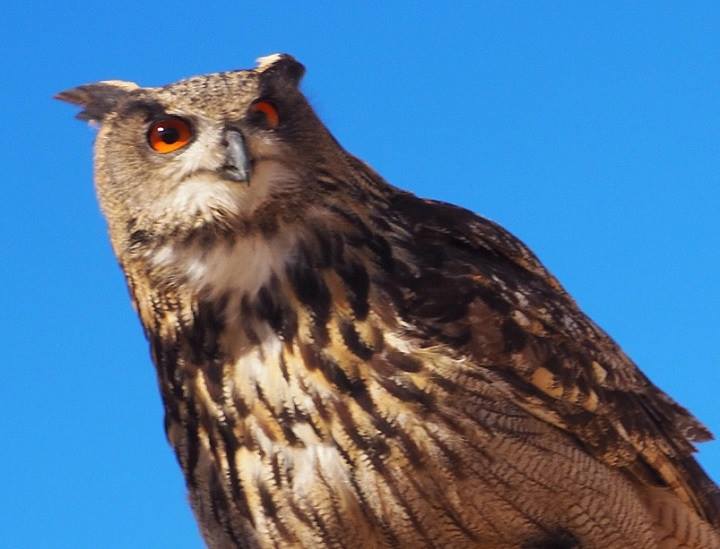Participatory science to identify nocturnal raptors in the wild
This activity is organized by the CMBMM, an entity created in 2016 by the UB and the Barcelona Provincial Council, directed by Professor Joan Real, from the UB’s Faculty of Biology and the Biodiversity Research Institute (IRBio). The Association for the Defence and Study of Nature (ADENC) and the Catalan Institute of Ornithology (ICO) also collaborate.
Birds of prey: indicators of the environmental health of the natural environment
It is more than thirty years since the Conservation Biology Team, led by Professor Joan Real, from the Department of Evolutionary Biology, Ecology and Environmental Sciences, began to carry out the first censuses of birds of prey in this natural park. This year, the census, which will be carried out with the collaboration of volunteers, will focus on identifying specimens of tawny owl (Strix aluco) and the Eurasian eagle-owl (Bubo bubo) by means of the song of the males during the mating season. Days before the activity, there will be a virtual meeting to explain how the task works and how it is organised, as well as to clarify any doubts volunteers may have.
During the days, the volunteers will be able to discover in detail the methodology applied in the field work for the sonorous identification of nocturnal birds.
The tawny owl is a medium-sized nocturnal bird of prey that breeds mainly in holes in cliffs and feeds on mice and other micro-mammals. During the breeding season, its low howl is one of the most characteristic sounds of the forests. The Eurasian eagle-owl is the largest nocturnal bird of prey on the European continent — weighing around 2 kilograms — and lives and breeds in rocky, quiet areas. This sedentary and territorial species is considered a top predator — it tends to feed on rabbits, rats and birds — and is also a bioindicator of the good quality of the areas it inhabits.
Once the raptor biodiversity census has been completed, the CMBMM managers will analyze the data provided by the observers and prepare a report, which will be shared with all the participants in the activity.
The results of the 2023 nocturnal raptor monitoring will be presented on Tuesday 19 November 2024, at 7.00 p.m., in the auditorium of the Casal de Cultura in Matadepera. In addition, experts from the Conservation Biology Team will also make a presentation of the 2024 nocturnal raptor monitoring, to explain the methodology and organization of the census.
Duc (Bubo bubo). Photo: Àlex Rollan (Conservation Biology Team, UB-IRBio)
